Consider the following recursion tree for quick sort, which constantly divides subproblems into a 3-to-1 ratio (source: Khan Academy).

I understand that the partition subroutine in quicksort iterates through each subproblem and thus is O(n). However, I'm confused about why the "Total partitioning time for all subproblems" is cn, and not just n. What does the constant represent in this case? When/why would it be anything but 1? Is c something you can solve for, or more a "conceptual" variable?
If I understand correctly, the partition subroutine visits each element in the given subproblem exactly once. And since the sum size of all subproblems at each level is n, doesn't that mean exactly n work is done at each level (at least before the log n / log4 boundary)?
Thanks